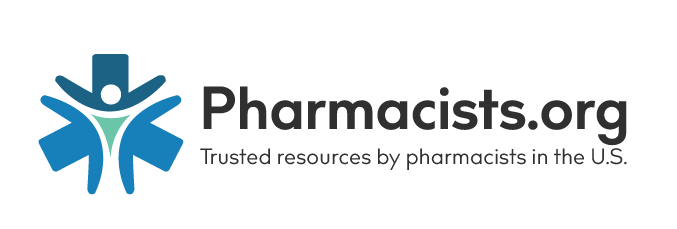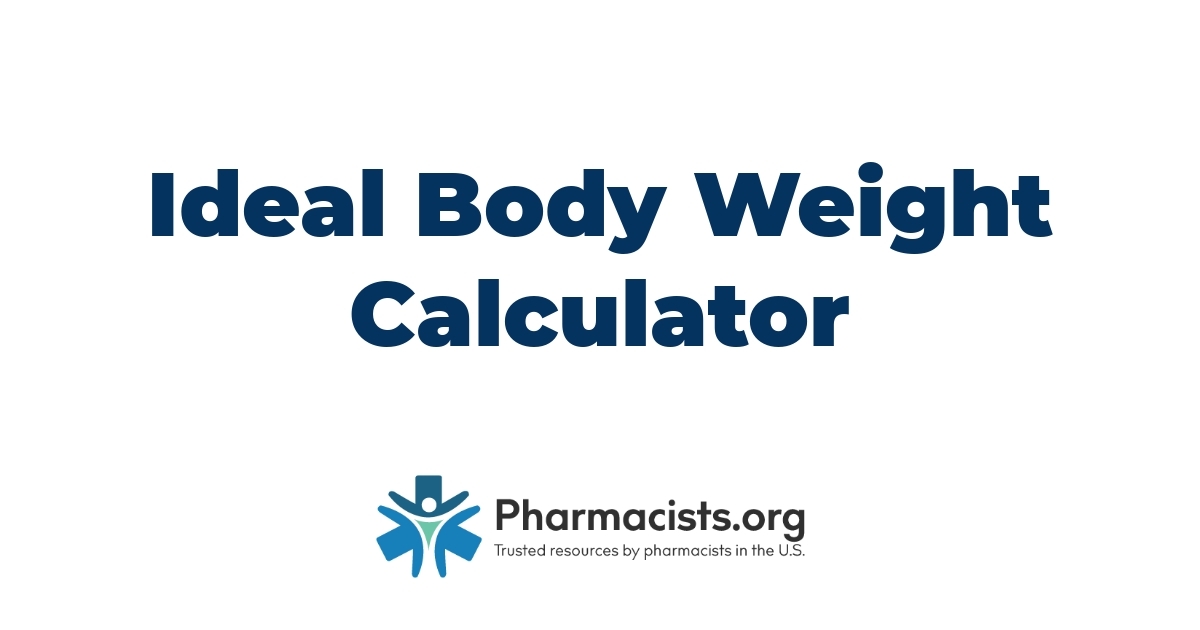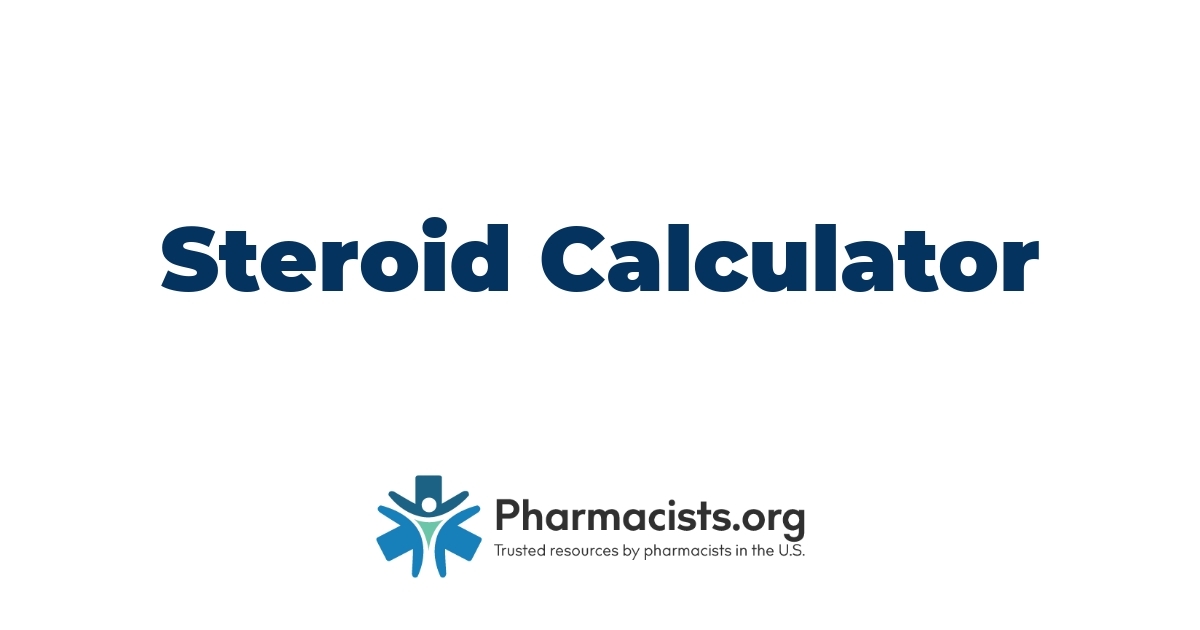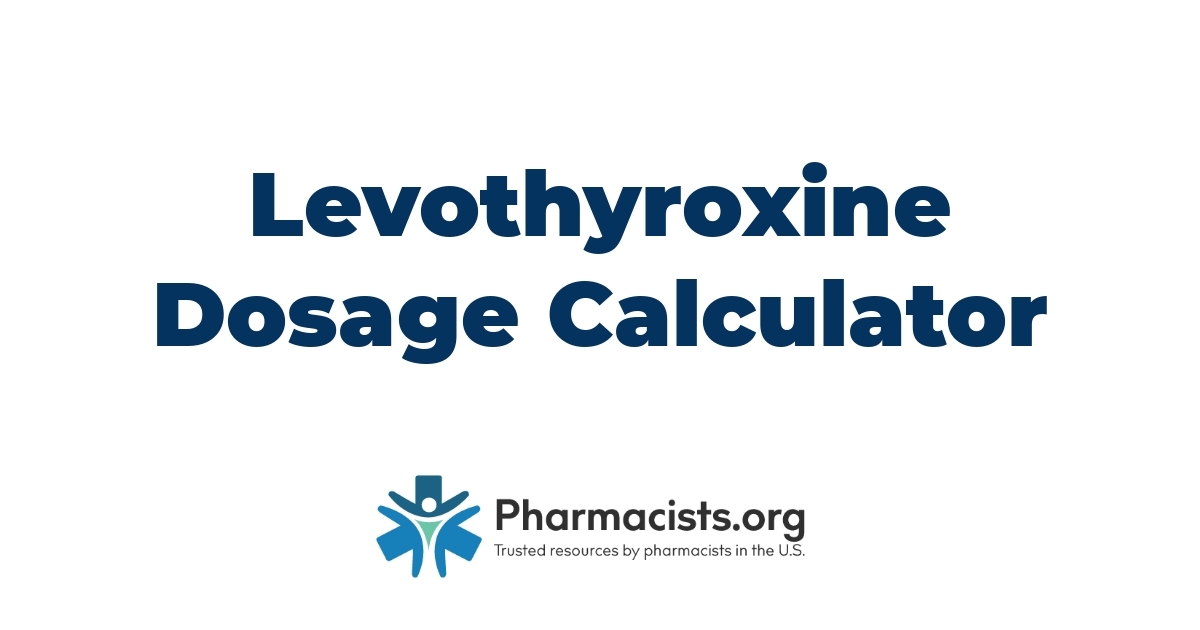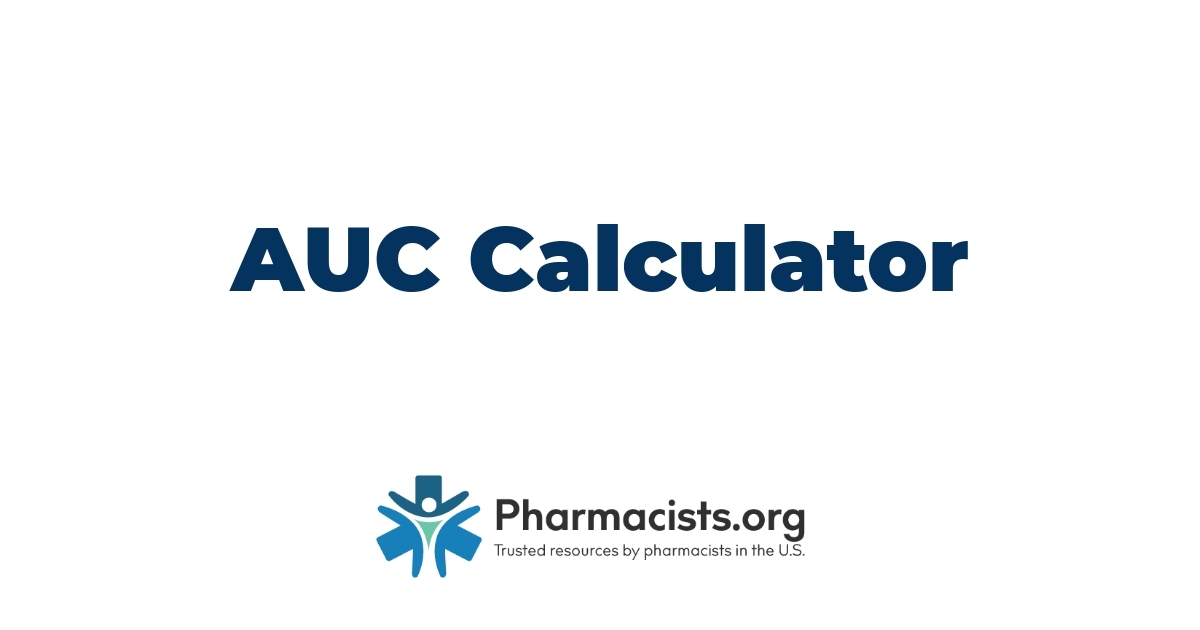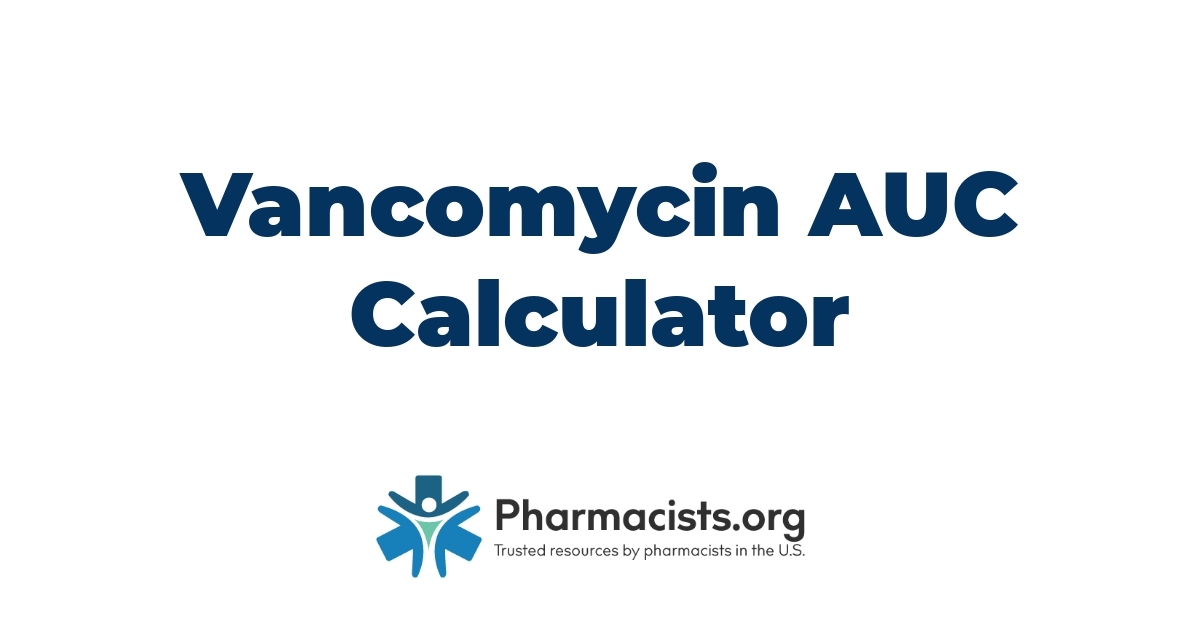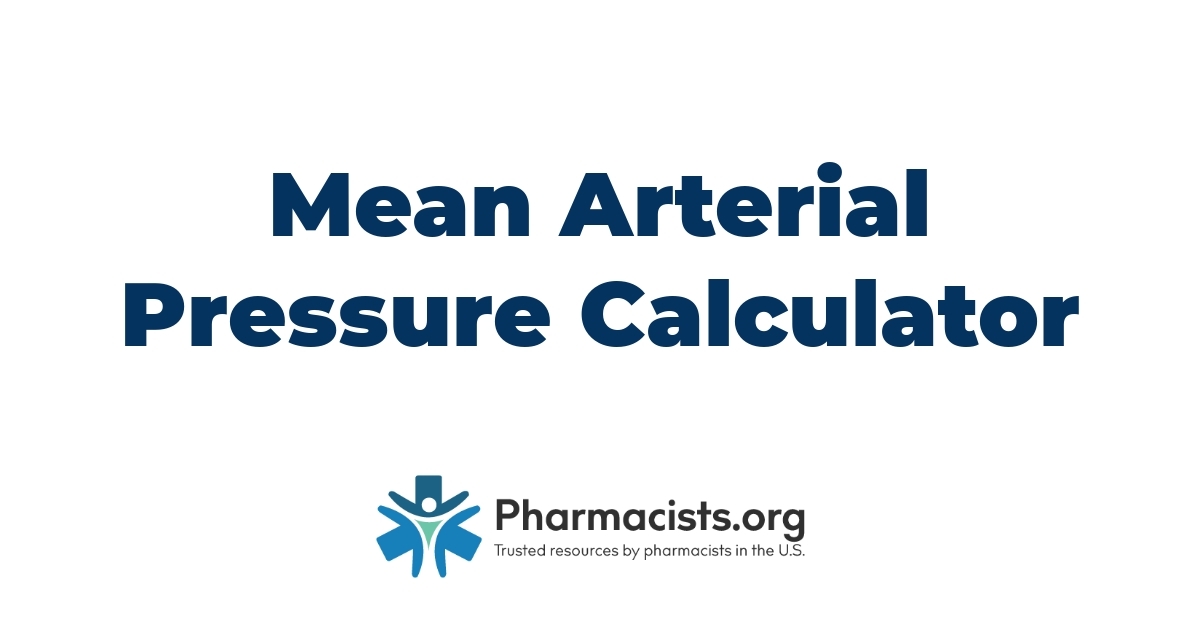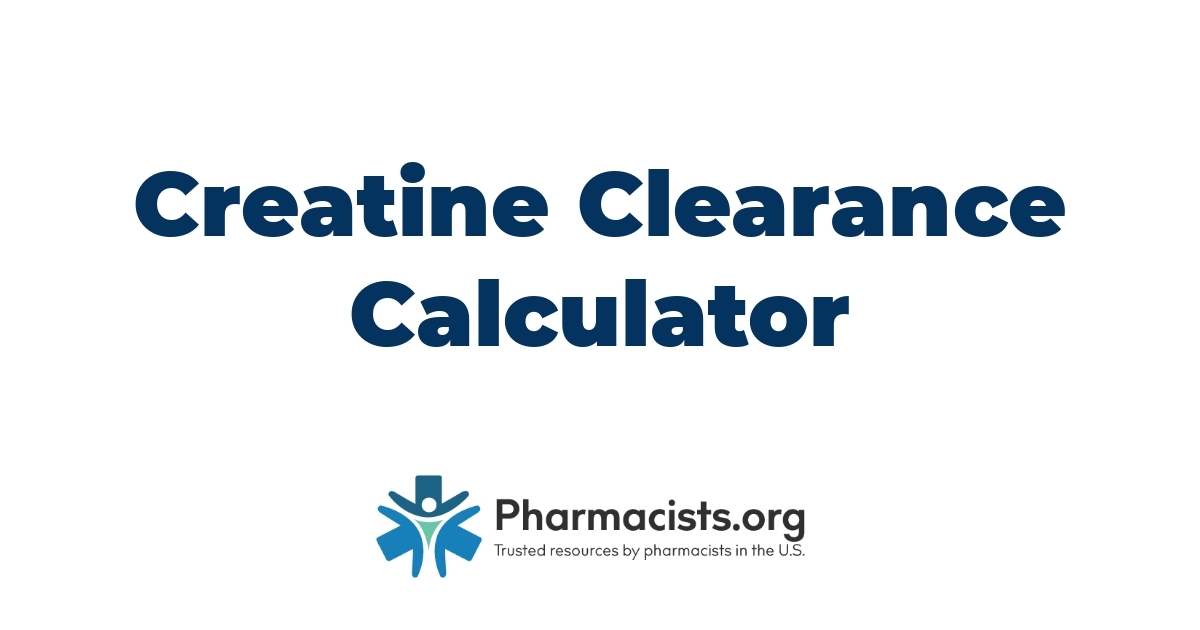Understanding Blood Pressure and Its Measurements
What Is Blood Pressure?
Blood pressure is a critical health metric, indicative of the force exerted by circulating blood on the walls of blood vessels. It’s a pivotal sign that pharmacies and healthcare professionals monitor to assess cardiovascular health and the risk of heart-related illnesses. Measured in millimeters of mercury (mmHg), blood pressure readings encompass two numbers, reflecting the systolic and diastolic pressures. This measure is not static; it fluctuates throughout the day in response to physical activities, stress levels, and other factors. Understanding these readings allows pharmacies to offer tailored health advice, guiding customers toward healthier lifestyle choices and proper medication management.
Systolic vs. Diastolic Pressure
Delineating the differences between systolic and diastolic pressures is essential for our pharmacy audience. Systolic pressure, the top number in a blood pressure reading, measures the force exerted on blood vessel walls when the heart beats. Normal systolic pressure is usually around 120 mmHg. It indicates how hard the heart is working to pump blood throughout the body. Conversely, diastolic pressure, the bottom number, records the pressure in the arteries when the heart rests between beats, with a normal reading close to 80 mmHg. This figure helps gauge the resistance to blood flow in the blood vessels.
Both systolic and diastolic pressures are integral to evaluating cardiovascular health. Elevated readings could signal hypertension, a leading risk factor for heart and kidney diseases, strokes, and heart failure. Conversely, abnormally low readings might indicate underlying health issues such as heart disease or severe dehydration.
The Role of MAP in Blood Pressure Analysis
Defining Mean Arterial Pressure (MAP)
Mean Arterial Pressure (MAP) is a critical indicator of global blood perfusion to vital organs. Unlike the more commonly discussed systolic and diastolic pressures, MAP represents the average blood pressure in an individual’s arteries during a single cardiac cycle. Calculating MAP involves an equation that takes into account both the systolic and diastolic blood pressure measurements. The formula commonly used is: MAP = [(2 x diastolic) + systolic] / 3. This calculation acknowledges that the heart spends more time in diastole than systole, so giving diastolic pressure a weighted significance in the equation.
Why Is MAP Important?
The importance of MAP in blood pressure analysis and overall cardiovascular health cannot be overstated. A prime reason is its role in ensuring adequate blood flow, and thereby oxygen delivery, to critical organs such as the heart, brain, and kidneys. Understanding MAP is essential for pharmacy professionals not only for its clinical implications but also because it offers a nuanced perspective on patient health beyond traditional blood pressure readings.
A MAP that falls within the optimal range of 70-110 mmHg is generally indicative of sufficient blood flow. But, readings outside this range call for attention. A MAP below 60 mmHg could signify hypoperfusion to vital organs, leading to conditions like ischemia, while a significantly higher MAP may indicate hypertension, posing risks of damage to blood vessels and organs over time. Pharmacy professionals, equipped with knowledge on MAP, can so identify potential health risks sooner and advise on necessary steps to mitigate such risks, be it through medication, lifestyle adjustments, or referral to a health care provider.
The Evolution of Blood Pressure Monitoring Tools
From Sphygmomanometers to Digital Monitors
The story of blood pressure monitoring started with the mercury sphygmomanometer, an invention that marked the beginning of accurate blood pressure measurement in clinical settings. For decades, this device, relying on mercury’s movement to gauge blood pressure, served as the gold standard. But, concerns over mercury’s environmental impact and the complexity of its use led to the development of aneroid sphygmomanometers. These devices, which use a dial gauge for measurements, offered a safer and more portable solution, though they still required manual operation and skilled interpretation of results.
As technology advanced, digital blood pressure monitors began to emerge in the late 20th century. These monitors represented a significant leap forward. By offering automatic measurement and digital displays, they not only reduced the potential for human error but also made it possible for individuals to monitor their own blood pressure at home. Also, digital monitors brought about features such as memory storage for tracking readings over time, enhancing our ability to observe trends and make informed health decisions.
The Arrival of Blood Pressure Map Calculators
The latest innovation in our toolkit is the blood pressure map calculator, a sophisticated tool that leverages data analytics to provide a comprehensive view of blood pressure readings across different demographics and regions. This advancement goes beyond individual diagnosis to offer insights into blood pressure trends on a global scale. For pharmacy owners, the blood pressure map calculator is a game-changer. It allows us to not only consider individual readings but also to understand those readings in the context of larger patterns. By integrating such tools into our practices, we can offer personalized advice grounded in a wider understanding of cardiovascular health trends.
Besides, the utilization of blood pressure map calculators facilitates a more collaborative approach in health care. With the ability to access aggregated data, we can work more effectively with other health professionals to identify risk factors and design interventions that address the needs of specific populations. This collaborative potential underscores the importance of staying abreast with technological advancements in our field.
How Blood Pressure Map Calculators Work
The Science Behind the Calculations
At the core of the blood pressure map calculator is a robust algorithm that takes into account both systolic and diastolic blood pressure measurements. These measurements are crucial; the systolic pressure indicates the force your heart exerts on the walls of your arteries with each beat, while the diastolic pressure represents the force at rest, between beats. The calculator uses these figures to compute the Mean Arterial Pressure (MAP), a critical value that offers a comprehensive overview of one’s cardiovascular health.
The MAP calculation is not arbitrary but is rooted deeply in medical science. It is derived by taking one-third of the systolic pressure and adding it to two-thirds of the diastolic pressure. This formula is predicated on the understanding that the heart spends more time in the diastolic phase. Hence, the MAP more accurately reflects the pressure that the organs, such as the kidneys, brain, and heart itself, experience, making it a valuable indicator of overall cardiovascular health.
Interpreting the Results Correctly
Interpreting the results correctly is vital for providing patients with the most precise health advice. Typically, a MAP in the range of 70 to 105 mmHg is considered normal. Values below or above this range could indicate potential health issues that might require further investigation or immediate intervention. As pharmacy professionals, it’s imperative that we not only relay these numbers to our patients but also provide context and understanding.
For instance, a MAP below 70 mmHg could suggest inadequate blood flow, potentially leading to organ damage or failure if not addressed. On the other hand, a MAP consistently above 105 mmHg might indicate hypertension, posing a risk for cardiovascular diseases. Our role includes ensuring that patients comprehend these implications and guiding them towards the appropriate next steps, whether it be lifestyle modifications or consulting with a healthcare provider for more extensive treatment options.
The Benefits of Using a Blood Pressure Map Calculator
Convenience and Ease of Use
One of the foremost benefits of integrating a blood pressure map calculator into our daily practice lies in its convenience and user-friendly interface. This tool abolishes the traditional, cumbersome methods of blood pressure analysis, offering a streamlined, accessible approach. By merely inputting a patient’s systolic and diastolic pressures, pharmacy professionals can swiftly obtain the Mean Arterial Pressure (MAP) value, a critical component in assessing cardiovascular health.
The calculator’s design caters specifically to our fast-paced environment, enabling us to provide immediate feedback and recommendations to our patients without the need for manual calculations or extensive consultations. This efficiency not only elevates our service quality but also reinforces patient trust and satisfaction in the care they receive.
Improving Patient Outcomes with Accurate Readings
Accuracy in blood pressure readings plays a pivotal role in diagnosing and managing hypertension and its associated risks. With the blood pressure map calculator, we’re equipped to offer more than just numbers; we provide a comprehensive analysis that factors in the nuances of each patient’s cardiovascular profile. By ensuring accurate MAP readings, which should ideally fall between 70 to 105 mmHg, we can identify potential health issues early on, customize treatment plans, and monitor patient progress with greater precision.
This tool empowers us to make informed decisions that significantly improve patient outcomes. Besides, the ability to explain these readings in context fosters a deeper understanding and engagement among our patients about their health, encouraging adherence to treatment plans and lifestyle adjustments. The result is a community with enhanced cardiovascular health, decreased incidences of hypertension-related complications, and an overall improvement in the quality of life.
Potential Drawbacks and Limitations
Understanding the Limitations of Technology
Blood pressure map calculators, as innovative as they are, come with inherent technological limitations. First, these tools rely on the accuracy of input data. Incorrect or incomplete data entry can lead to misleading outputs, so compromising the analysis of a patient’s cardiovascular health. Besides, technology cannot capture the full spectrum of an individual’s health condition or the nuances of blood pressure fluctuations over time. It’s essential for pharmacy professionals to consider these calculators as supplementary tools rather than definitive sources of information.
Another aspect to consider is the variation in algorithms used by different calculators. Not all blood pressure map calculators are created equal, and differences in algorithmic interpretation can result in varied recommendations. Pharmacists need to select tools that have been validated by clinical research to ensure the reliability and accuracy of the results provided.
When to Trust Professional Medical Assessment
While blood pressure map calculators offer a convenient way to gather insights into a patient’s cardiovascular health, they do not replace the expertise and judgment of healthcare professionals. There are instances where relying solely on these digital tools without considering the broader clinical picture can lead to suboptimal health management strategies.
For circumstances involving patients with complex health conditions, such as those with a history of cardiovascular diseases, kidney issues, or diabetes, the interpretation of blood pressure readings needs a nuanced understanding that goes beyond what calculators can offer. In these cases, the calculators should serve as a starting point for dialogue rather than a final verdict.
Also, any unexpected or irregular readings obtained from a calculator warrant further investigation through professional medical assessment. Pharmacists play a critical role in this process, using their clinical judgment to decide when to refer a patient to a physician for a more comprehensive evaluation. It’s crucial for pharmacists to trust their professional training and experience, using technological tools to supplement but not substitute their skilled assessment.
Choosing the Right Blood Pressure Map Calculator
Key Features to Look For
When evaluating blood pressure map calculators, several features stand out as particularly beneficial for pharmacy professionals. First and foremost, accuracy is non-negotiable. The calculator must adhere to the latest clinical guidelines and research findings to ensure the MAP readings it provides are reliable. Another critical feature is user-friendliness; the interface should be intuitive, allowing for quick and hassle-free calculations without the need for extensive training.
A comprehensive range of functions also enhances a calculator’s usefulness significantly. It should offer more than just basic MAP calculations; features like historical data tracking, integration with other health metrics, and customizable alerts for readings outside normal ranges can transform a simple tool into an invaluable resource for patient health monitoring.
Also, compatibility and integration capabilities with existing pharmacy management systems cannot be overlooked. A calculator that seamlessly integrates with electronic health records (EHRs) and pharmacy software streamlines workflows and facilitates better communication among healthcare providers, thereby improving the overall quality of care.
Recommended Blood Pressure Map Calculators
In our quest to find calculators that meet these stringent criteria, we’ve identified a few standout options that pharmacy professionals might find particularly beneficial. The American Heart Association provides resources and tools that align with current cardiovascular health standards and practices. Their offerings are grounded in research and are designed with healthcare professionals in mind, ensuring accuracy and reliability.
Another commendable option is the Blood Pressure Association’s calculator, which features a simple, user-friendly interface. It strikes an excellent balance between ease of use and comprehensive functionality, offering additional resources for patient education and awareness.
For integration with EHRs and pharmacy systems, Qardio’s solutions present an innovative approach. Their devices and accompanying software not only provide accurate MAP readings but also help smooth integration with most healthcare management systems, enhancing efficiency and patient data management.
How to Integrate Blood Pressure Map Calculators into Daily Life
For Personal Health Monitoring
Integrating a blood pressure map calculator into personal health management routines is straightforward and highly beneficial. Here’s how individuals can accomplish this:
- Routine Checks: Make it a habit to check your blood pressure at least once a day, preferably at the same time, to maintain consistency. Utilizing a map calculator helps in understanding these readings in the context of your overall health.
- Record Keeping: Keeping a log of your daily readings along with any symptoms or unusual occurrences helps in tracking your health trends over time. This log can be invaluable during medical appointments.
- Understanding Readings: Learn to interpret the output from the blood pressure map calculator. Recognizing what constitutes normal, elevated, or high blood pressure can empower you to take proactive steps in managing your health.
- Lifestyle Adjustments: Based on your map calculator readings, you might find it necessary to make lifestyle changes such as improving your diet, increasing physical activity, or managing stress.
- Sharing Data: Share your findings with your healthcare provider, especially if you observe any persistent abnormal readings. This data provides a solid basis for discussions about your health and necessary interventions.
For Healthcare Professionals
Healthcare professionals, particularly those in pharmacy settings, can significantly impact patient care by leveraging blood pressure map calculators:
- Patient Education: Use the calculator as a teaching tool to help patients understand the implications of their blood pressure readings. Educating patients on what MAP signifies for their health encourages more engaged self-care.
- Enhanced Consultations: Incorporating real-time data from these calculators during patient consultations facilitates more personalized health advice, enabling targeted interventions.
- Clinical Decisions: For pharmacists, understanding a patient’s MAP can guide the recommendation of over-the-counter products or the decision to refer the patient for further medical evaluation.
- Integration with Pharmacy Systems: Opt for blood pressure map calculators that integrate seamlessly with existing pharmacy management systems. This integration ensures a smoother workflow and enhances the accuracy of patient records.
- Professional Development: Keeping abreast of advancements in cardiovascular health technologies, including the latest in blood pressure mapping, enriches the quality of care provided to patients.
Our emphasis on using blood pressure map calculators is guided by the potential these tools have in enhancing not only individual health awareness but also the precision in healthcare delivery. By adopting these calculators into daily routines and professional practices, both individuals and healthcare professionals can contribute to a culture of informed health management and improved cardiovascular health outcomes.
I am a pharmacist, community pharmacy consultant, and medical writer with over 12 years of clinical practice experience in community, outpatient health system, long term care, and academic settings. I am also the founder of PharmCompliance.com, a website dedicated to the success of community pharmacy.
As a pharmacy project manager, I led the implementation of new service lines, assist with ensuring legal and third-party compliance for over 70 retail stores, lead quality improvement and medication safety initiatives, write policies, procedures, and best practices for all our retail sites, and help with optimizing revenue cycle and pharmacy profitability. I have been responsible for DMEPOS and vaccine accreditation through CMS, obtaining new licenses and permits, and implementing a prescription drug kiosk embedded in our physician offices.
As a medical writer, my work has been featured in GoodRx, Pharmacy Times, Drug Topics, Patient Care Online, and in peer-reviewed journals. I have also given presentations on a range of topics, from disease state pharmacotherapy for medical residents to updates on the CDC vaccine storage and handling guidelines for a medical-grade refrigerator and freezer manufacturer. I have written and presented continuing education for CEImpact, FreeCE, AchieveCE, Ascension Health, and the Florida Department of Health.
Owner, entrepreneur, and health enthusiast.
Chris is one of the Co-Founders of USA Rx.com. An entrepreneur at heart, Chris has been building and writing in consumer health for over 10 years.
Chris has a CFA (Chartered Financial Analyst) designation and is a proud member of the American Medical Writer’s Association (AMWA), the International Society for Medical Publication Professionals (ISMPP), the National Association of Science Writers (NASW), the Council of Science Editors, the Author’s Guild, and the Editorial Freelance Association (EFA).
Our growing team of healthcare experts work everyday to create accurate and informative health content in addition to the keeping you up to date on the latest news and research.
